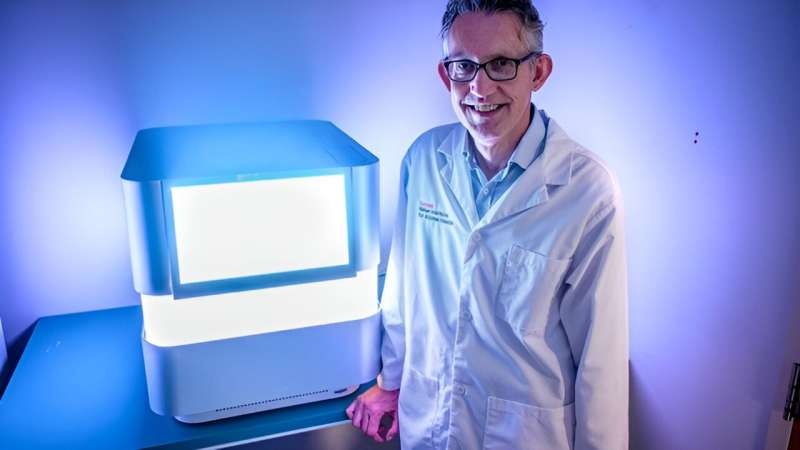A recent study conducted by Cornell University’s College of Veterinary Medicine has revealed the first genetic confirmation of feline coronavirus (FCoV) infection in which transmission from a captive exotic/ wild cat to a domestic cat was suspected. The finding is broadly relevant to our understanding and control of the virus, among the slipperiest known to science — as well as other zoonotic diseases.

Decoding the Riddle of Cat Coronavirus
The findings, published in Microbiology Spectrum, shows the need to further understand FCoV and its potential.
Lead author Gary Whittaker, the James Law Professor of Virology, said scientists on the study took a new approach, using hybridization-capture next-generation genetic sequencing to identify and sequence the whole genome of FCoV-1 in tissues from both domestic cats and Pallas’ cats.
This advance is important because earlier studies has identified that there were two different genotypes of FCoV, type 1 and type 2, with differences in viral spike (S) protein and hence the spectrum of host cells they infect. A few different mutations in either version of FCoV can serve as permissive junctions and permit certain subtypes to attack various types of cells, transforming the virus from low to highly pathogenic, resulting clinical disease known as feline infectious peritonitis (FIP).
The bottom line of this study is that, FCoV usually causes mild signs but some strains can mutate into a deadly disease (FIP) and the virus can be kept quietly in most cats for years. Together, these findings illustrate the need to decipher the totality of FCoV activity in order to better appreciate its potential as a force for inter-species transmission.
For the Control of FCoV in Domestic and Wild Felids
The findings of this work have major implications for the handling and prevention of FCoV outbreaks, mainly in captive wild felid populations.
Wild felids, as close genetic relatives of the domestic cat, might be especially vulnerable to FCoV infection and subsequent development of FIP. The scientists also warned that what initially seems to be a well-meaning action, such as feeding stray cats with cat food, can unintentionally lure wild felids and hence FCoV sources.
To meet this challenge, the Cornell Feline Health Center (FHC) issued rapid response funding to acquire a NextSeq 1000 sequencer that is now installed in Baker Institute labs. This investment will help the researchers quickly identify which strain in the event of a new FCoV outbreak, and get information to clinicians so they can respond and contain the emerging epidemic.
It seems vital to develop a robust ‘pre-industrial’ body of knowledge on FCoV that can inform conservation strategies and also indicate the potential for selecting resistance when more widespread use of antivirals becomes much-used in the treatment of FIP.
Conclusion
A landmark study by the College of Veterinary Medicine at Cornell University has found the first genetic proof that a captive wild cat transmitted feline coronavirus (FCoV) to a domestic cat. Not only does this discovery offer important insights into the biology and zoonotic potential of this understudied virus, it also imperatively points to an urgent need for more effective surveillance and control measures in place in order to reduce unknown feline coronavirus infection rates as well as other novel zoonotic coronaviruses. Through the use of modern technology and partnerships across teams, scientists strive to learn more about FCoV and its impact toward developing better ways for managing infection in all cats domestically as well as wild populations.
